Why the pension reform vote is not the end of the story

Swiss voters will have the final say later this month on a reform of the country’s old age pension scheme. It is an important, but only temporary decision and illustrates that modern direct democracy comes at a price.
It’s not the first time that Swiss voters take a major decision at the ballot box this year. Following an intense debate, in May they clearly came out in favour of a nuclear phase-out, including a ban on fossil fuels (59% yes against 41% no).
On September 24, they are asked to vote on a controversial old age pension reform. It comes in response to growing calls for an overhaul of the system in line with the growing life expectancy. Just like in other countries, the proportion of pensioners to the working population has been on the rise in Switzerland. Having been the showpiece of Swiss social policy for decades, the pension scheme is under pressure from the increasing aging population amid fears that it could collapse over the next few years.
In spring, the Swiss parliament agreed an amendment to the constitution as well as a law that goes with it. Among other things, it foresees raising the current retirement age for women from 64 to 65 in line with men as well as a slight increase in value-added tax (VAT). All new pensioners are due to receive an additional CHF70 ($73) per month.
As old as Switzerland
The history of Switzerland’s pension scheme goes back as far as the history of modern democracy.
As it is often the case when Swiss voters have a direct say in the legislative process (women have been allowed to vote since 1971), it has taken more than one attempt to reach the latest stage.
The introduction of the old age and disability pension system in 1948 was preceded by 60 years of public debates. During the drawn-out decision process, the centrist political parties agreed compromise solutions on several occasions, but both the left and the right oppose them.
The same occurs again in the current debate about the pension reform package. Leftwing trade unionists have challenged it by launching a referendum with the slogan “Longer working life, less pension”, while the centre-right criticises that the young generation will lose out. (“Betraying the Youth!”)
In a syndicated editorial in the Tages-Anzeiger and Der Bund newspapers, Daniel Foppa described the proposal as “the price we have to pay for direct democracy”.
With his comment, the journalist refers to the additional millions of Swiss francs the proposed reform would cost. In view of demographic developments, these costs would not be justifiable in the long run, according to the editorialist.
Can’t have it both
Economists are keen to de-politicise the pension scheme and link the pension benefits to certain variable key data, just like it is done in Sweden External linkand Denmark.
These two countries have brought retirement age and pension payments in line with economic development and the average life expectancy.
This system provides a more solid base for financing the pension scheme.
The downside is that more and more pensioners – about 20% of the Swedish population according to European Union data – will fall below the poverty line and become dependent on welfare benefits.
Eminently political
This shows that even in these northern welfare states retirement provision remains an eminently political question that has to be reconsidered time and again. This recurring process does not only have a long history in Switzerland, but also in Sweden, where the current three-pillar pension scheme was approved in a nationwide ballot 60 years ago.
However, people’s rights in Sweden are not as solidly enshrined in the constitution as in Switzerland. The people’s voice depends on the goodwill of the elected representatives who can involve the population in consultative votes on a case by case basis.
In Sweden, like in Germany or the United States, popular votes are only possible at a local level.
This article is part of #DearDemocracy, a platform on direct Democracy issues, at swissinfo.ch.
The situation is different in countries, where direct democracy is also well established at a national level. In the past, voters in Latvia, Uruguay, Slovenia and LithuaniaExternal link had the opportunity to decide on their pension schemes at the ballot box.
Never ending story
The past has shown that wherever a pension reform is subject to a popular vote, it only stands a chance to win a majority if the general public broadly supports the compromise proposal and deems it balanced.
This process does not leave much room for major changes. In other words, the only way ahead is with small reform steps.
It is telling that the history of Switzerland’s old age pension system is a succession of seemingly endless revisions, proposed changes and protection measures.
In a modern direct democracy, major decisions are put to the people for a vote.
This means that the time AFTER the vote, just like the forthcoming vote on the pension reform, is also the time BEFORE the next vote. And that’s a good thing. This is irrespective of an adopted political stance, the joy over a victory at the ballot box or the disappointment over a defeat.
So far, there have been 14 votes on the Swiss pension scheme. Only two proposals won a majority at the ballot box.
OR: Mandatory referendum, PI: People’s initiative; PR: People’s referendum
1931: Introduction of the old age pension system (OR), 60% No
1947: Introduction of the old age pension system (OR), 80% Yes
1978: Lowering retirement age (PI), 80% No
1978: Pension Reform (PR), 65% Yes
1988: Lowering of retirement age (PI), 65 % No
1995: Extending old age pension scheme (PI), 72% No
1998: Against raising retirement age (PI), 59% No
2000: A more flexible old age pension system (PI), 60% No
2001: Funding of old age pension system (PI), 77% PR No
2002: Funding of old age pension system (PI), 52% No
2008: Flexible retirement age (PI), 59% No
2010: Reducing disability pension payments (PR), 72 % No
2015: Funding of old age pension system (PI), 71% No
2016: Funding of old age pension system (PI), 59% No
Source: Federal ChancelleryExternal link
Translated from German by Billi Bierling

In compliance with the JTI standards
More: SWI swissinfo.ch certified by the Journalism Trust Initiative



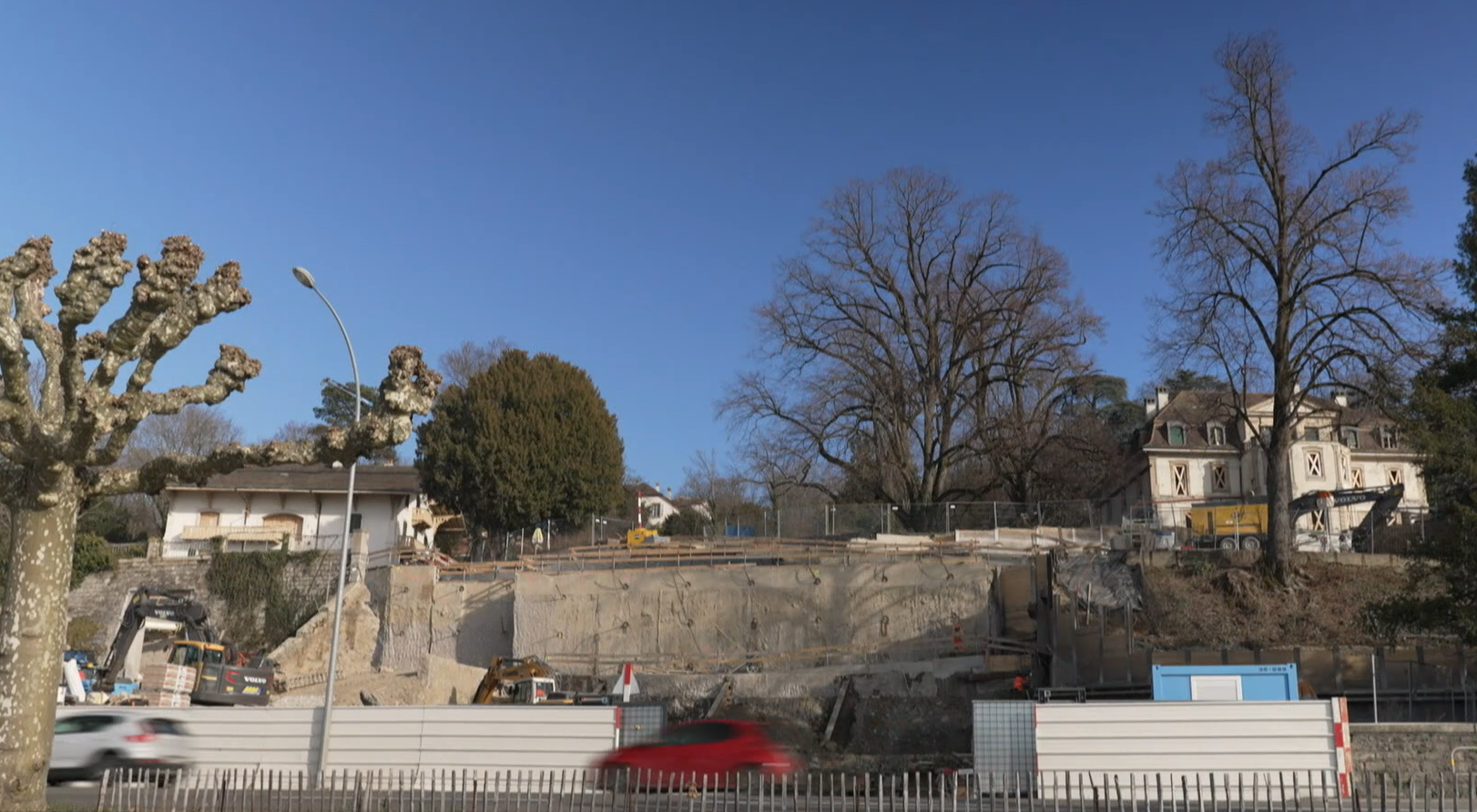





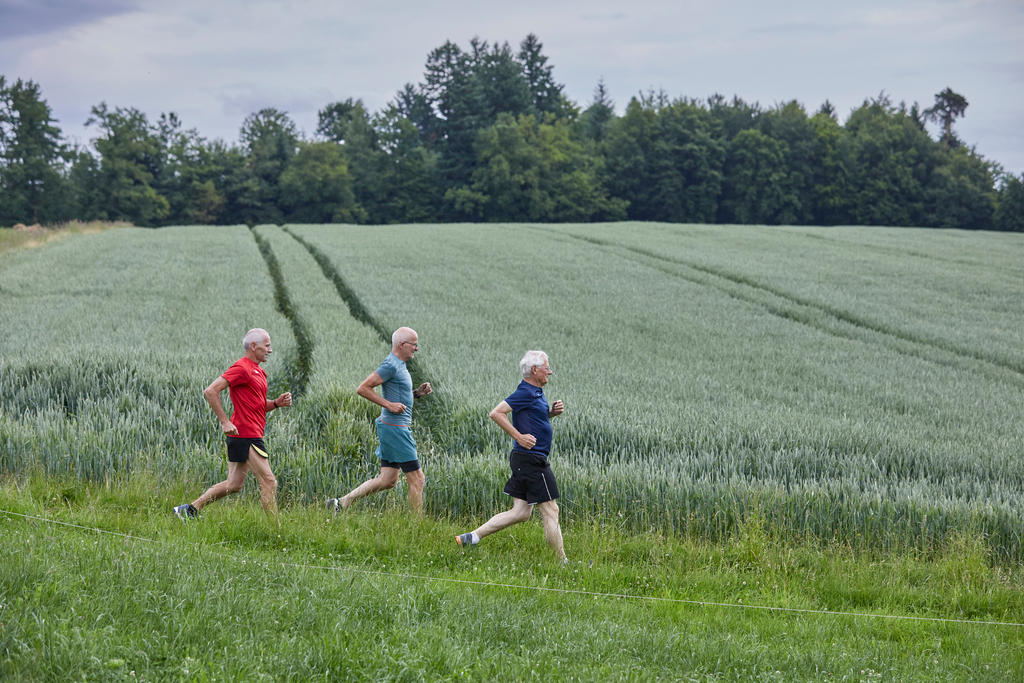
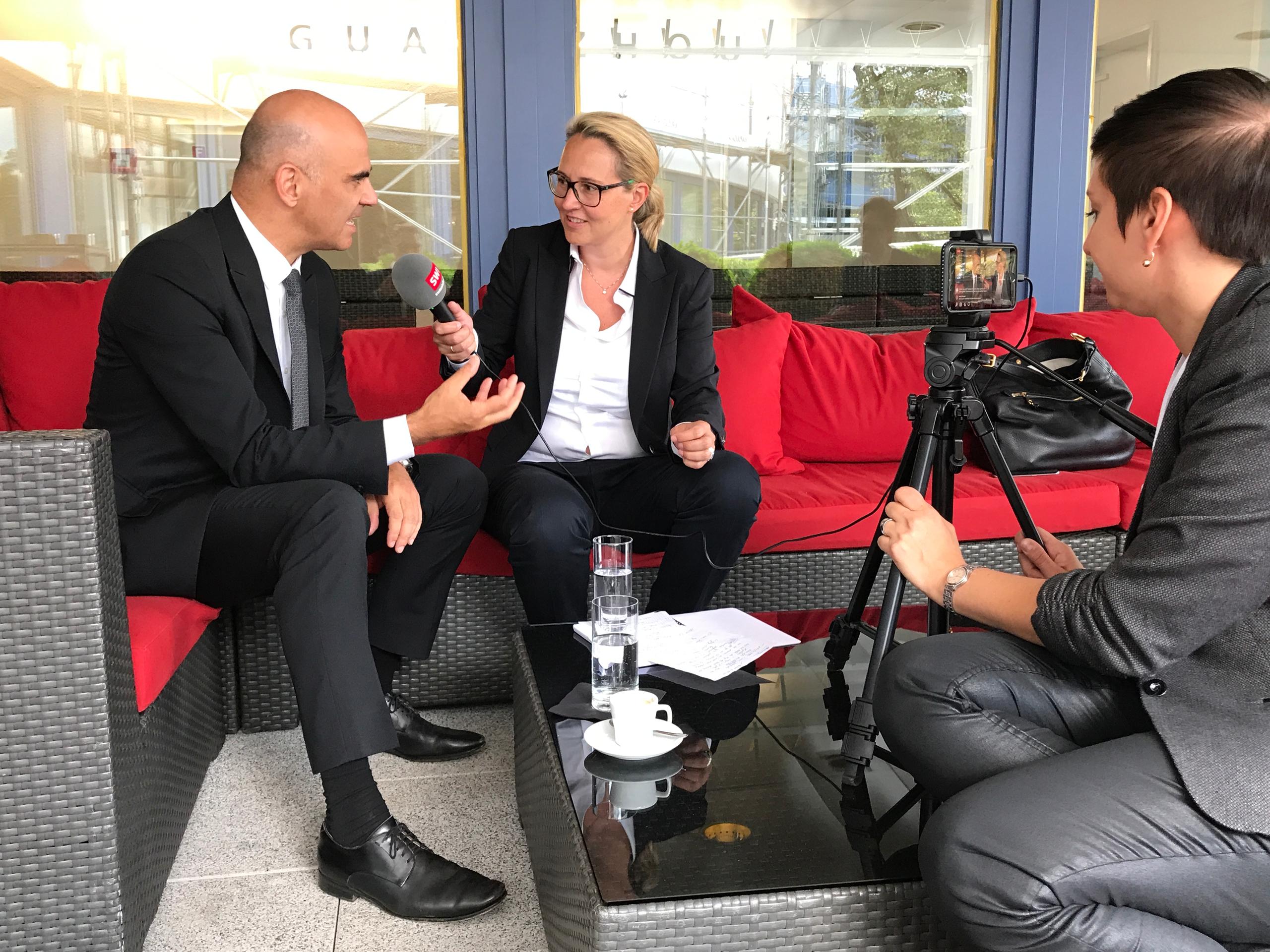


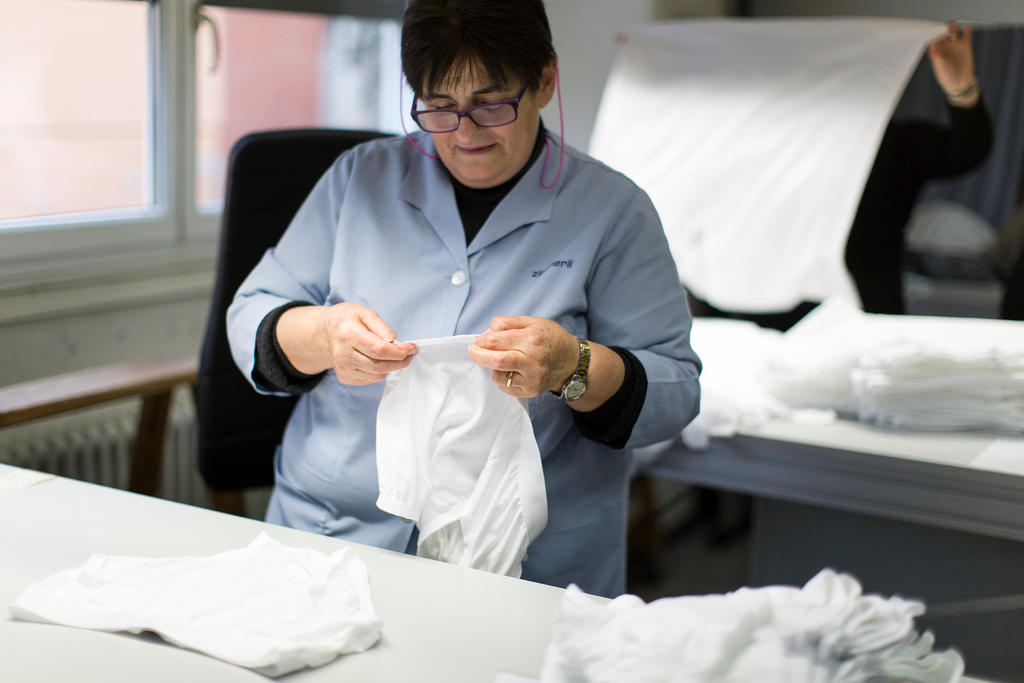
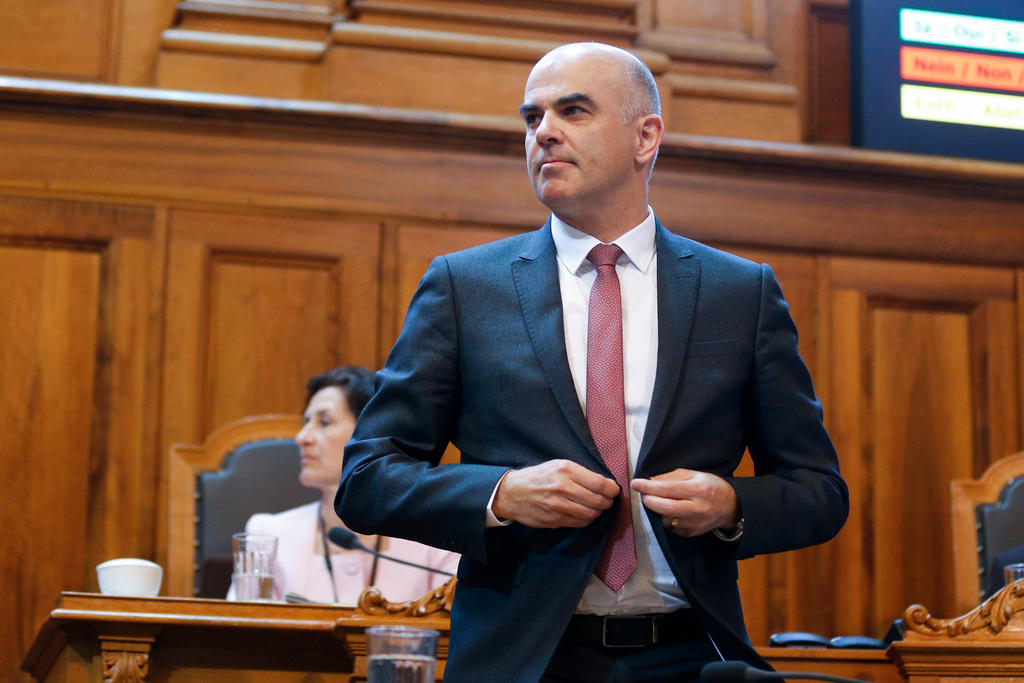
You can find an overview of ongoing debates with our journalists here . Please join us!
If you want to start a conversation about a topic raised in this article or want to report factual errors, email us at english@swissinfo.ch.